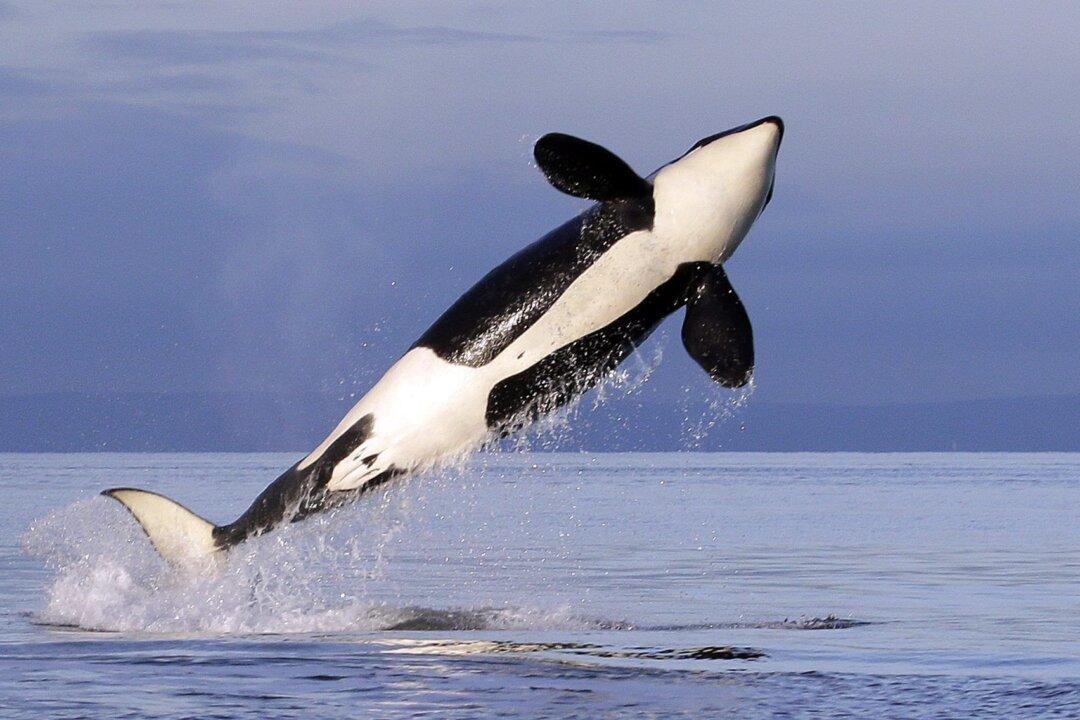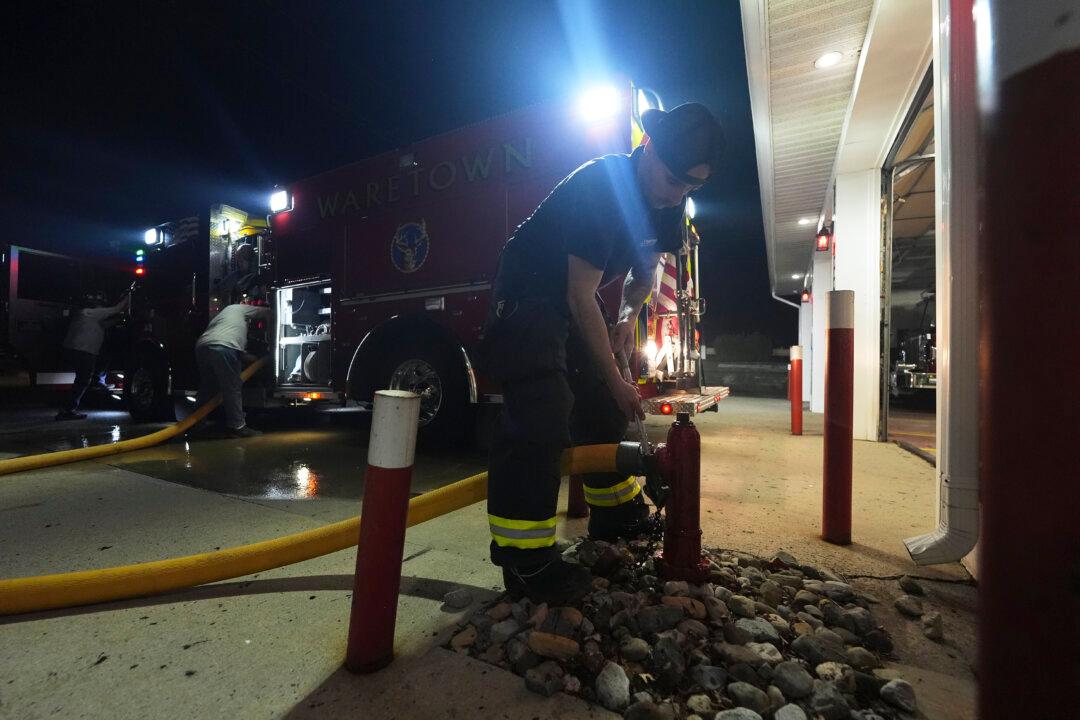VANCOUVER—New hydrophones installed in 170 metres of water just off the mouth of British Columbia’s Fraser River are expected to help researchers understand how shipping noise affects at-risk whales.
The installation is part of a program run by Port Metro Vancouver, the University of Victoria’s Ocean Networks Canada, and the hydrophone’s manufacturer, JASCO Applied Sciences.
Scott McLean, director of Ocean Networks Canada’s innovations centre, said the hydrophones, which were installed Sept. 16, are next to shipping lanes and will monitor southern resident killer whales (orcas), listed as “at risk” by Fisheries and Oceans Canada.
“The array was specifically placed in the southern resident killer whale critical habitat,” he said.
“That‘ll be the primary focus of the study, and we’ll be listening for vessel traffic, both the large commercial vessels and the smaller recreational vehicles, and try to understand how that impacts the mammals’ ability to speak.”
McLean said the hydrophones will capture any underwater sound: landslides, marine mammals, big boats, small boats, storms, and rain.
The data collected will also help advance Canadian ocean technology, he said, noting that it’s the perfect example of how researchers can help companies develop new technology.
The port said in a news release that the data will help researchers test methods of mitigating noise, like cleaning the hull of ships.
Underwater noise has been identified as a threat to orcas that make their home in the waters between Vancouver Island and the mainland.





